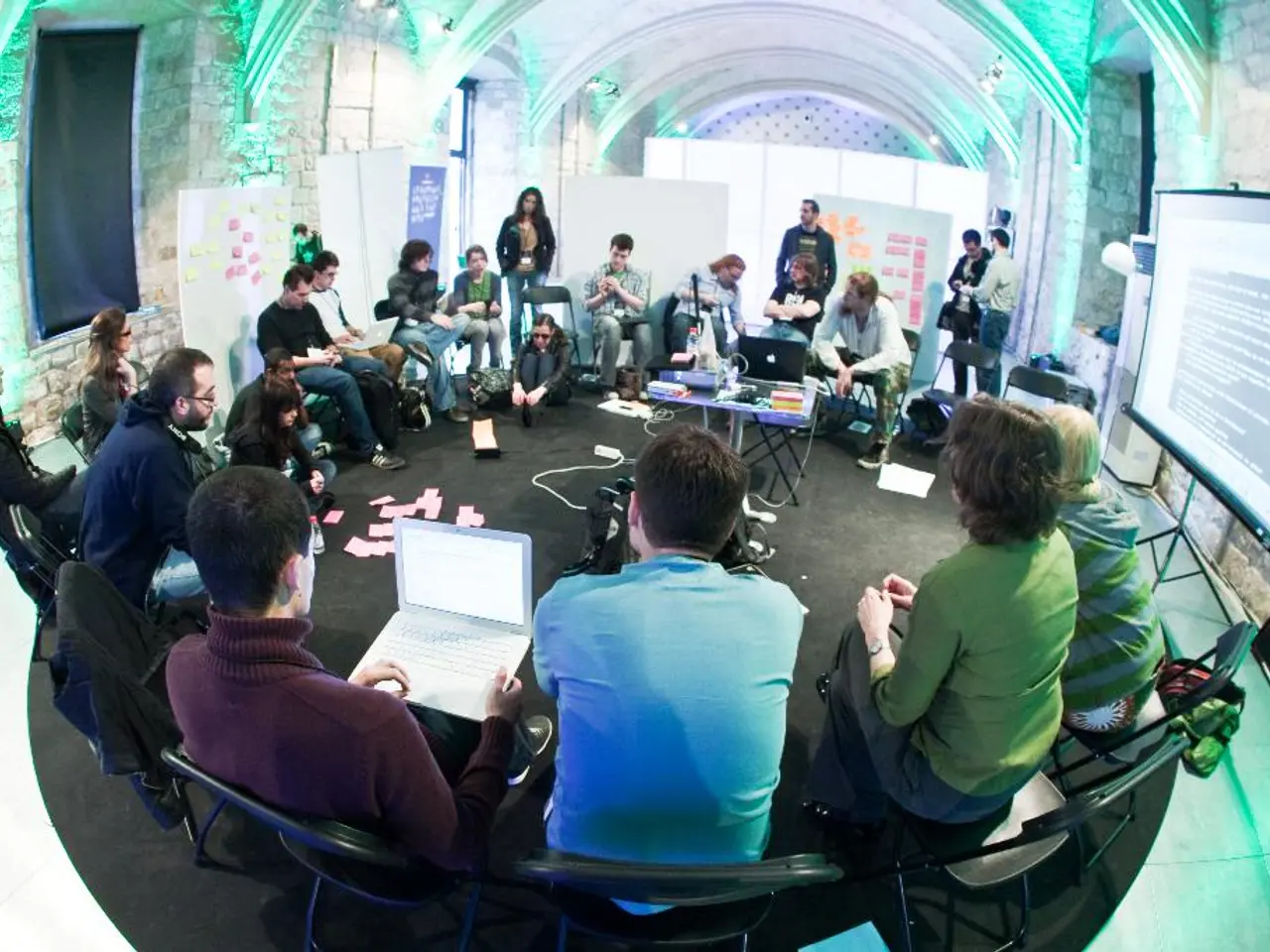Strategies for Kickstarting Tasks: Proven Methods to Amplify Your Efficiency
==========================================================
Creating a productive work environment and maintaining motivation can be challenging, but establishing personal motivation rituals can help turn vague intentions into consistent action. Here are some key steps to create effective motivation rituals that can help you initiate tasks and enhance productivity.
Start Small and Specific
Choose a simple, manageable action that requires minimal time but is meaningful, such as sitting quietly for 5 minutes in a designated spot right after a morning routine. This small action serves as a foundation for your motivation ritual.
Use Environmental and Social Cues
Link the ritual to a reliable cue, whether environmental (e.g., placing a journal beside your coffee mug) or social (involving accountability partners). This reduces internal negotiation and increases consistency.
Create a Concrete Ritual Space
Formalize the ritual with physical elements like a cushion, candle, or journal that help your body and nervous system recognize when it is time to start, making the practice feel real and habitual.
Incorporate Rewards and Visibility of Progress
Ensure a visible or felt reward to motivate continuation. It could be a feeling of clarity, emotional uplift, or social praise.
Anchor Identity and Purpose
Align rituals not just with tasks but with your deeper values and identity, which helps sustain motivation beyond fleeting inspiration.
Iterate and Grow
Start with just 5 minutes or a simple act and allow the ritual to deepen and expand naturally over time as it becomes integrated into your routine.
Additional useful strategies include setting clear deadlines, visualizing task completion beforehand, and intentional journaling or reflection on your goals to maintain focus and momentum.
Examples of personal rituals include listening to music, practicing mindfulness, or having a cup of tea. Motivation rituals help establish a mental state conducive to task initiation, and they are deeply rooted in psychological theories like Maslow's Hierarchy of Needs and Self-Determination Theory.
Regularly assessing and modifying your motivation rituals is essential for maintaining their effectiveness. Creating a dedicated workspace that minimizes distractions and promotes focus can also improve task initiation. Documenting your rituals in a specific order or format creates a structured guide for transitioning into work mode.
Tracking engagement with rituals using a journal or habit-tracking app can strengthen their impact. Key factors influencing motivation include goal setting, feedback, and social influence. Decluttering your desk can help clear your mind and make it easier to concentrate.
Personal motivation rituals should be unique to the individual, resonating with their values and preferences. Adapting motivation rituals to changing needs, work environment, personal life, or preferences is important for maintaining their relevance and effectiveness.
By following these steps, you can transform task initiation from a mental struggle into an embodied, consistent habit that enhances overall productivity.
- Engaging in routines like quiet meditation for 5 minutes after a morning routine can serve as a foundation for building effective motivation rituals, enhancing productivity.
- For consistent action, link motivation rituals to reliable cues, such as placing a journal beside your coffee mug, to reduce internal negotiation.
- To boost productivity, create a designated ritual space with physical elements like a cushion, candle, or journal, to signal the start of the practice.
- Incorporate rewards and visibility of progress in your motivation rituals, such as feeling clarity or receiving social praise, to motivate continuation.
- Align motivation rituals with deeper values and identity to sustain motivation beyond fleeting inspiration and enhance productivity.
- Continuously modify and grow your motivation rituals to maintain their effectiveness and relevance, while incorporating strategies like goal setting, feedback, and social influence for optimal productivity.




